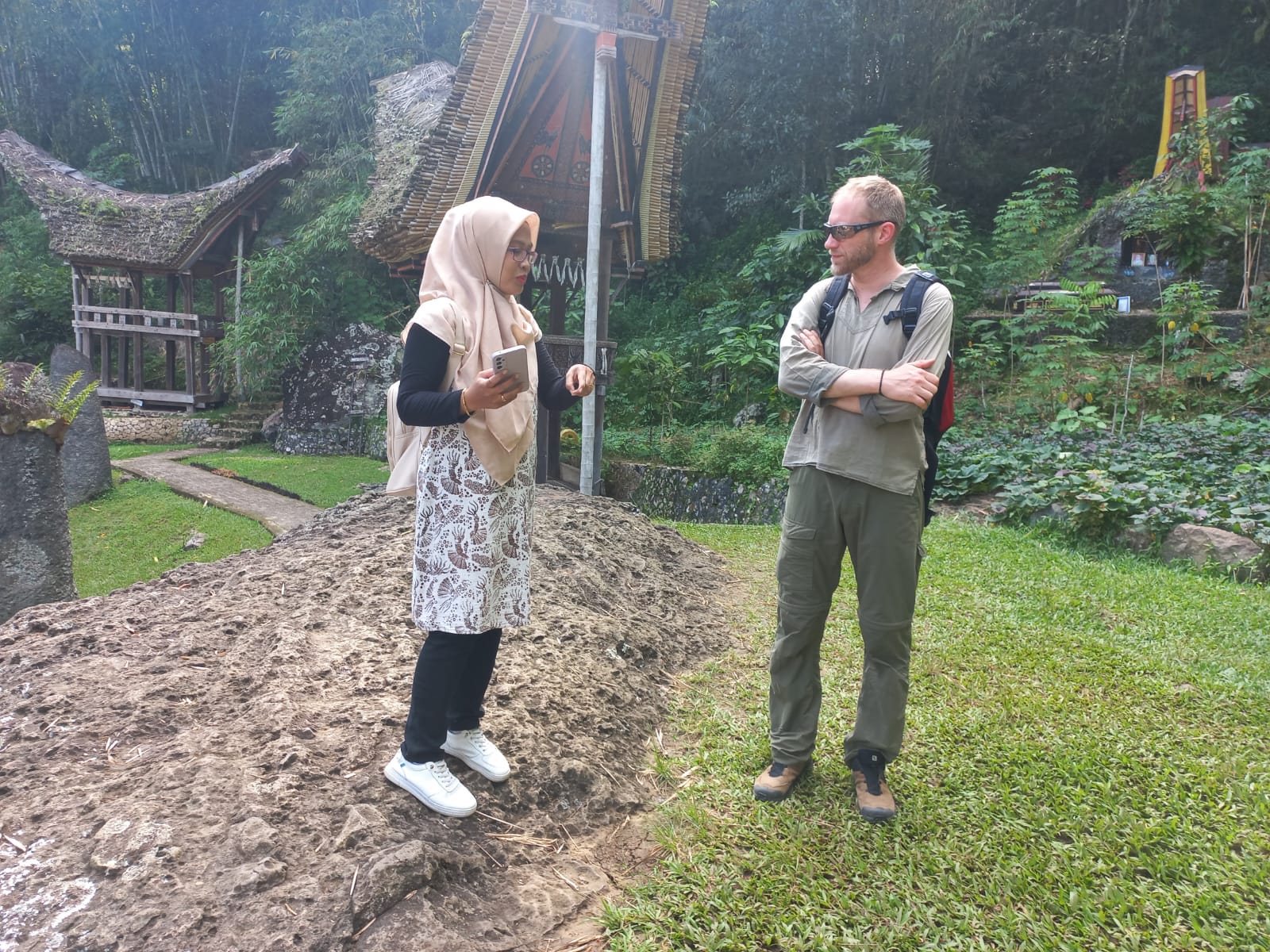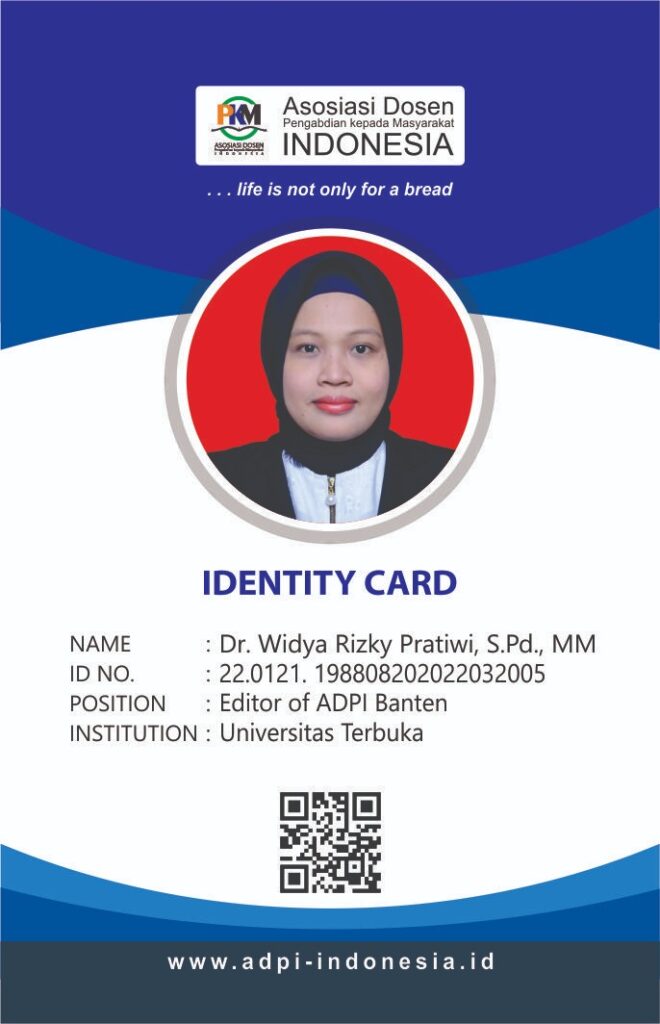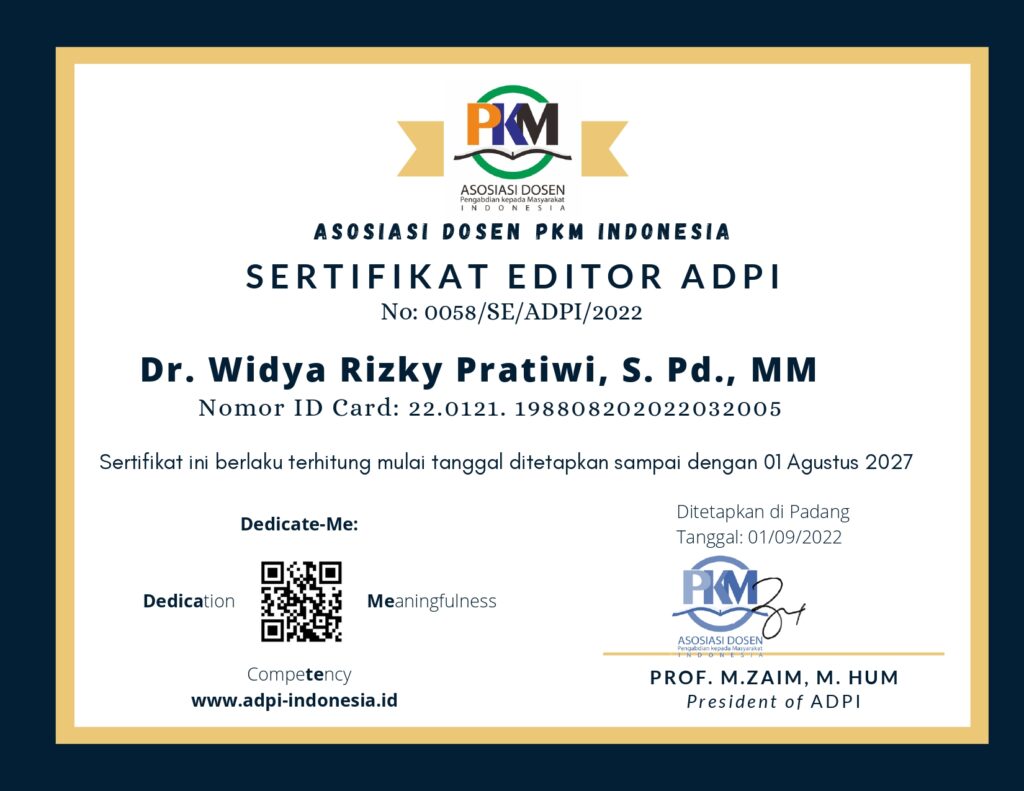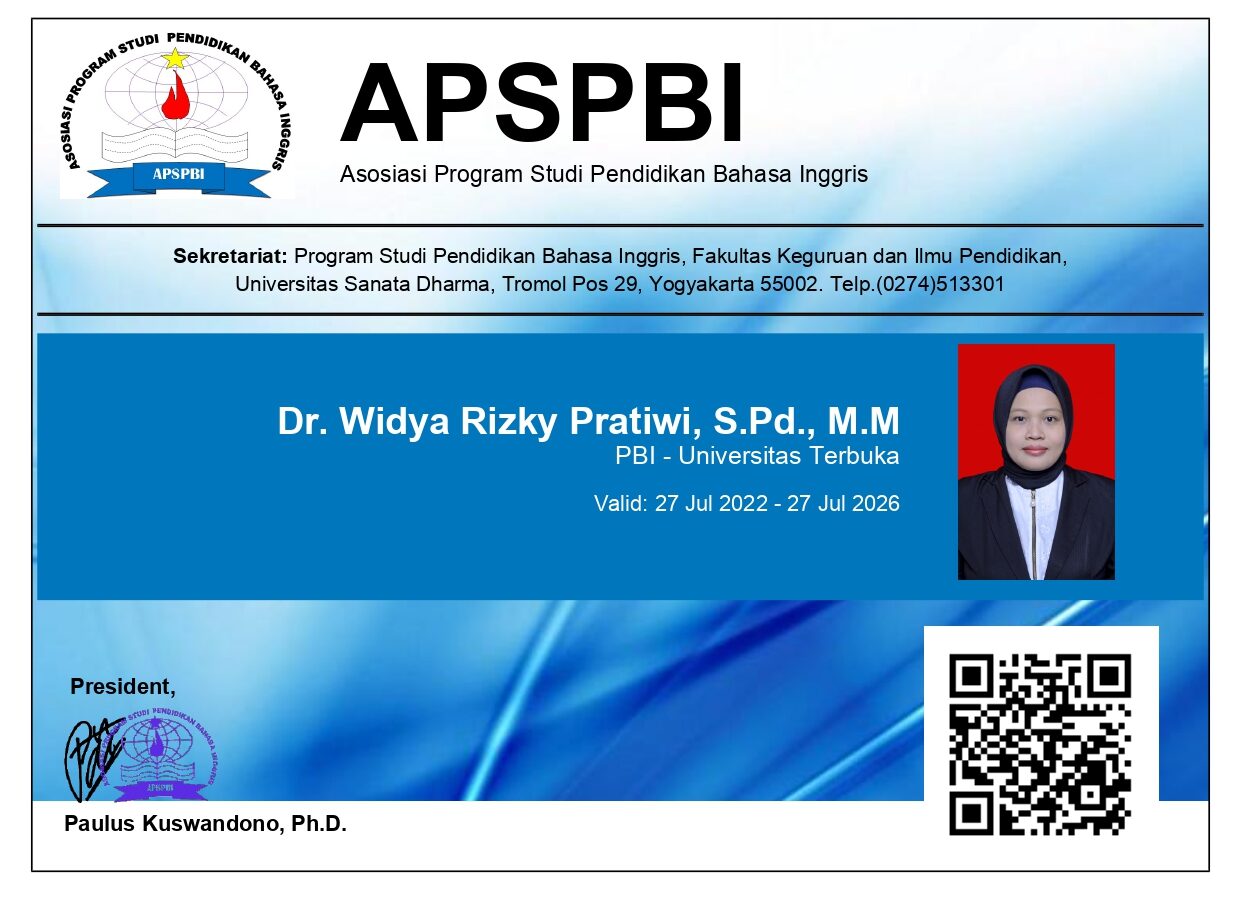Mendorong Pelaku Pariwisata untuk Mengembangkan Keterampilan Berbahasa Inggris

Peranan Bahasa Inggris dalam Dunia Pariwisata
Bahasa Inggris memegang peranan penting dalam semua sektor, tidak terkecuali pada bidang pariwisata, khususnya untuk melakukan ekspansi dan promosi ke tingkat internasional. Pada dasarnya, seluruh proses komunikasi dengan para wisatawan asing membutuhkan kemampuan dan penguasaan bahasa asing, khususnya Bahasa Inggris sebagaimana bahasa ini diamanatkan sebagai bahasa pergaulan dunia (Lingua Franca).
Kepala Dinas Pariwisata, Pemuda dan Olahraga Kabupaten Bulukumba, Drs.H. Muhammad Daud Kahal, M.Si, menegaskan bahwa kemampuan berbahasa Inggris sangat dibutuhkan saat menjadi pemandu wisata, menawarkan produk kerajinan tangan, melakukan promosi wisata keluar negeri, memberikan pelayanan akomodasi (hotel, restaurant), dan lain-lain. Oleh karena itu, menguasai Bahasa Inggris menjadi syarat mutlak bagi masyarakat lokal yang berada di daerah pariwisata, khususnya pelaku pariwisata, agar dapat saling memahami maksud dan tujuan untuk memberikan pelayanan terbaik. Penguasaan Bahasa Inggris yang dimaksud minimal penguasaan kosakata yang terkait dengan pariwisata.
Dalam hal pelayanan, wisatawan mancanegara yang datang ke Indonesia adalah tamu yang harus dilayani. Sebaliknya, para pelaku wisata merupakan pelayan yang harus melayani tamu. Karena itulah, masyarakat lokal yang ada dalam zona pariwisata atau yang terjun langsung sebagai pelaku wisata harus menguasai Bahasa Inggris agar dapat berkomunikasi dengan baik.

Mendukung pernyataan tersebut, menurut AL-Saadi (2015), penguasaan Bahasa Inggris dalam dunia pariwisata akan berimbas pada beberapa hal terkait yaitu meningkatkan kepuasaan pelanggan, memotivasi wisatawan internasional, membantu memahami kebutuhan wisatawan dengan lebih baik, membantu untuk lebih memahami budaya lain, dan membantu meningkatkan efektifitas komunikasi baik komunikasi internal maupun komunikasi eksternal.
Mendesain Program-Program Bahasa Inggris untuk Mendorong Pariwisata di Indonesia
Menurut kajian-kajian literatur yang dibaca penulis, beberapa upaya yang pernah dilakukan pemerintah terkait, khususnya Dinas Pariwisata, untuk meningkatkan kemampuan berbahasa Inggris di daerah objek pariwisata yaitu secara rutin mengadakan pelatihan Bahasa Inggris untuk Keperluan Khusus (English for Specific Purposes). ESP adalah suatu pendekatan dalam pengajaran dan penggunaan Bahasa Inggris untuk bidang dan kajian khusus yang sesuai dengan kebutuhan bidang ilmu dan profesi pengguna Bahasa Inggris tersebut.

Sasarannya adalah masyarakat lokal khususnya yang terjun langsung sebagai pelaku pariwisata, seperti Bahasa Inggris untuk Pariwisata (English for Tourism), Bahasa Inggris untuk Pemandu Wisata (English for Tour Guide), Bahasa Inggris untuk Perhotelan (English for Hospitality), dan lain sebagainya. Bahasa Inggris yang harus diketahui dan dikuasai oleh masyarakat sekitar tempat wisata adalah minimal Bahasa Inggris dasar yang berkaitan dengan profesi mereka, kosa kata sederhana dalam berkenalan, atau hanya sekedar menyapa para wisatawan asing ini (Setyanto, 2012).
Berdasarkan studi literatur dan wawancara, dinas pariwisata menawarkan waktu dengan durasi yang berbeda-beda dalam memberikan pelatihan. Beberapa pemerintah menyediakan program rutin sekali dalam tiga bulan untuk memberikan pelatihan kepada warga lokal selama satu minggu. Beberapa diantaranya menjadwalkan kegiatan setiap bulan untuk dua hari di weekend Sabtu dan Minggu untuk memberikan pelatihan.
Selain upaya tersebut, pemerintah juga memperkenalkan dan melatih penggunaan berbagai macam Kecerdasan Buatan (Artificial Intelligence) yang dapat membantu untuk meningkatkan keterampilan Bahasa Inggris dan berkomunikasi langsung dengan wisatawan mancanegara, seperti “Google Translation“. Daerah wisata yang berada di daerah terpencil, kondisi masyarakat lokal belum up to date bahkan beberapa diantaranya, khususnya pedagang, masih kurang tersentuh dengan kemajuan teknologi. Banyak masyarakat yang belum memanfaatkan internet dalam menawarkan jasa dan produk mereka. Akibatnya, mereka tidak dapat memaksimalkan pendapatan mereka yang secara tidak langsung tentunya berepngaruh pada kualitas pelayanan kepada wisatawan.
Beberapa Dinas Pariwisata membentuk humas yang bertugas untuk mendampingi grup WA para pelaku wisata. Selain memperkenalkan Artificial Intelligence secara langsung pada saat pertemuan rutin workshop Bahasa Inggris, pemerintah juga menyampaikan info-info update terkait AI atau tools yang dapat membantu meningkatkan keterampilan berbahasa Inggris, misalkan untuk menerjemahkan dan berlatih berbicara. Dalam Wa grup tersebut, admin grup dapat memberikan pengantar atau memacu anggota untuk berinteraksi dan berkomunikasi menggunakan Bahasa Inggris jika saat membahas perkembangan pariwisata ataupun mendorong penggunaan AI yang dapat membantu mereka meningkatkan keterampilan berbahasa Inggris.
Informasi unik yang penulis dapatkan adalah terdapatnya sebuah desa yang dijuluki “Desa Pariwisata Bahasa Inggris” di salah satu daerah di Kabupaten Toraja Utara, Sulawesi Selatan. Kepala Bidang Tata Kelola dan Pemberdayaan Masyarakat Dinas Kebudayaan dan Pariwisata Kabupaten Toraja Utara, Yanto Maluka, SE, menjelaskan bahwa pemerintah memfasilitasi grup wisatawan mancanegara yang ingin menginap di rumah-rumah penduduk ynag ada di desa tersebut dan merasakan kegiatan penduduk secara langsung seperti bercocok tanam ataupun berdagang. Mereka dikumpulkan di satu desa dengan didampingi beberapa pemandu wisata untuk mendorong masyarakat berkomunikasi dan berinteraksi menggunakan Bahasa Inggris kepada wisatawan mancanegara. Namun, jika terjadi misskomunikasi antara penduduk setempat dengan wisatawan asing, mereka yang menguasai Bahasa Inggris dapat membantu memediasi komunikasi.
This article has been published at https://sulselpedia.com/




 Program Praktisi Mengajar adalah bagian dari Program Merdeka Belajar Kampus Merdeka (MBKM) program yang diinisiasi oleh Kementerian Pendidikan, Kebudayaan, Riset, dan Teknologi Republik Indonesia agar lulusan perguruan tinggi lebih siap untuk masuk ke dunia kerja.
Program Praktisi Mengajar adalah bagian dari Program Merdeka Belajar Kampus Merdeka (MBKM) program yang diinisiasi oleh Kementerian Pendidikan, Kebudayaan, Riset, dan Teknologi Republik Indonesia agar lulusan perguruan tinggi lebih siap untuk masuk ke dunia kerja.